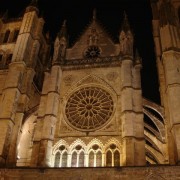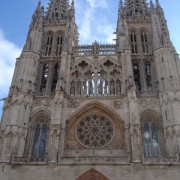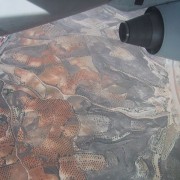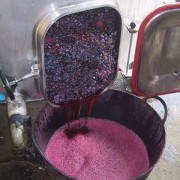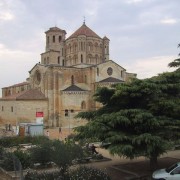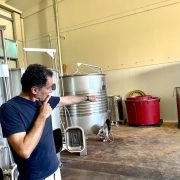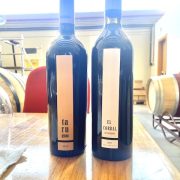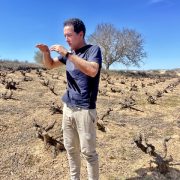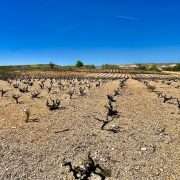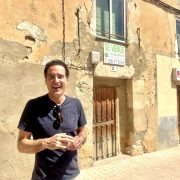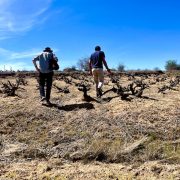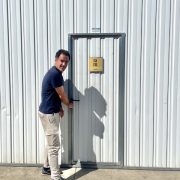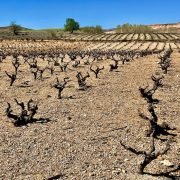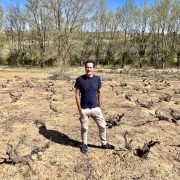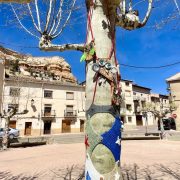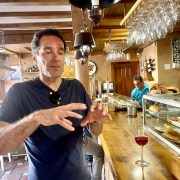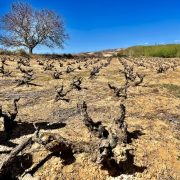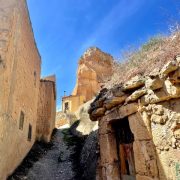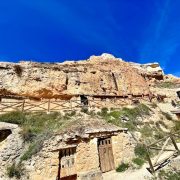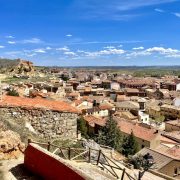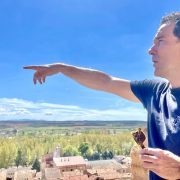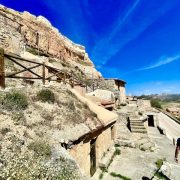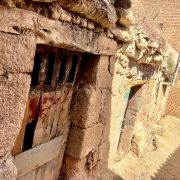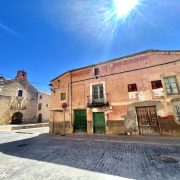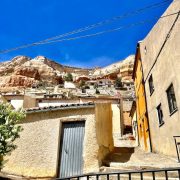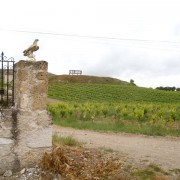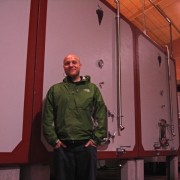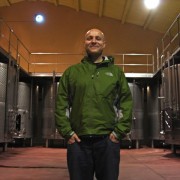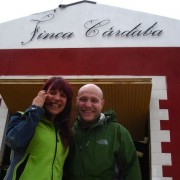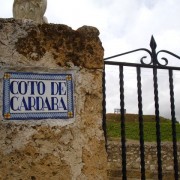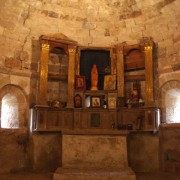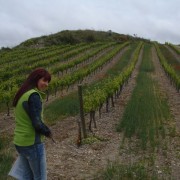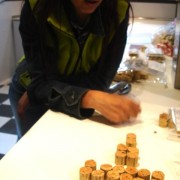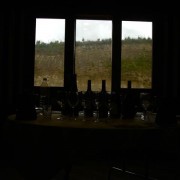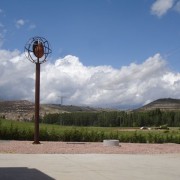The old kingdom of Castilla y Leon provided a fertile hunting ground on our recent trip to Spain. From the green, rainswept hills of Bierzo on the Pilgrims Trail to Santiago de Compostela in Galicia to the much hotter, dustier landscape of Ribera del Duero, the Duero valley 150kms due north of Madrid, made famous by Vega Sicilia and Pesquera and often held to be the source of the finest wines in Spain.
Taruguin (Soria)
We are big fans of Nacho Leon and the amazing Demencia from Bierzo. In 2014 he came with an unlabelled bottle. We thought it was delicious. Big, deep and delicious. What is it and can we have some please? It was Taruguin, a brand new wine from around Soria, between the east end of Ribera del Duero and Rioja.
What’s the story Nacho? “I will try to explain more about Taruguin project right now (sorry for my English).” It’s fine Nacho, carry on. “In 2010, I was travelling by car from Barcelona to Bierzo, and I took singular roads because I wanted to visit some villages and towns near Soria. Arriving to ‘Taruguin’ area, I was really surprised about the old vines, and decided to take a walk on them… It was marvelous and exciting… and it was really exciting because I knew this area lots of years ago.
I have visited San Esteban de Gormaz and El Burgo de Osma because a close friend from my childhood has family there, and spend some weekend with him and his friends…Amazing!!!
I was thinking about the wines that I have tasted in Barcelona, and looking for another profile of Ribera del Duero wines… more altitude, more fruity sensations, more acidity… This will be the Terroir that can help us!!!!
I told this idea to my friend (Julio), and we began working on the idea of elaborating a different wine from this land (his parent’s land). We choose some vineyards in the area, and because of his family, we began working on it. We are not the owner of the vines, but we are working there. 2010 was a terrible vintage, we had frost days too late and we missed most of the grapes. We decided not to elaborate the wine. Hard for us!!! But next year, we go on working!!!
About the DO’s… we were trying to study the best way, and we decided that the best way is to be free. We do not pertain to any DO, and to any other classification in Spain” It can certainly be complicated and expensive to get the DO – Denominación de Origen (Spain’s Appellation system). “We are only a ‘Vino de Mesa’, the “worst” classification in Spanish laws, but we believe that this is not important, the most important thing for us is the wine we have in the bottle!!!
Anyway, the vineyards are in the Eastern and higher area from Ribera del Duero.
About the grapes… Tempranillo and some white grapes from Albillo variety. We took the grapes in a van, and brought them here (to Bierzo, where they make their Demencia) where I can work easier…9 months in French barrels… and the result… a pretty wine that we have sold out in 3 weeks!!” We are certainly glad we could get some!
Reina de Castilla (La Seca/Rueda)
Two hours’ drive northwest of Madrid, the high, flat plains north- west of Segovia in the former Kingdom of Castille you find Rueda, one of Spain’s finest white wine-producing regions.
The area is known for its crisp, zizzy whites; Sauvignon Blanc and the local speciality Verdejo (known as Verdelho elsewhere).
Reina de Castilla is an excellent example of a newly modernised bodega, like many in Spain, originally a co-operative – a grouping of local wine-growers.
They harvest in the cool of night and ferment in stainless steel tanks to maintain aroma and freshness.
We were very taken by their Verdejo: zingy, zesty and herbal – evocative of fresh cut grass, lime blossom and camomile flowers with a savoury, almost saline mouthfeel.
Finca Cardaba (Valtienda)
There is an excellent Asador in Aranda del Duero called El Pastor (The Shepherd). It’s the classic local grill restaurant, where they do just one thing, roast spring lamb with salad and a hunk of bread. Xavier Sancha has two jobs, one as lamb-roaster in the family restaurant, the other overseeing his spanking new winery in the otherwise rustic, cattle village of Valtiendas to the south, where he makes more-ish, fleshy reds from Tempranillo vines by the house he shares with his girlfriend Nurio.
Garmendia (Vizmalo/Burgos) ORGANIC
Patxi Garmendia became the biggest supplier of partridge in Europe and has now built an organic winery (complete with winemaker who looks like a freedom fighter) and started rearing Wagyu beef in the countryside southwest of Burgos. His Blanco is a 50/50 blend of zizzy, grassy Verdejo (a grape best known from nearby Rueda) with the softer, oilier Viura (best known from white Rioja). His reds are beautifully-made Tempranillos with deep saturated fruit.
